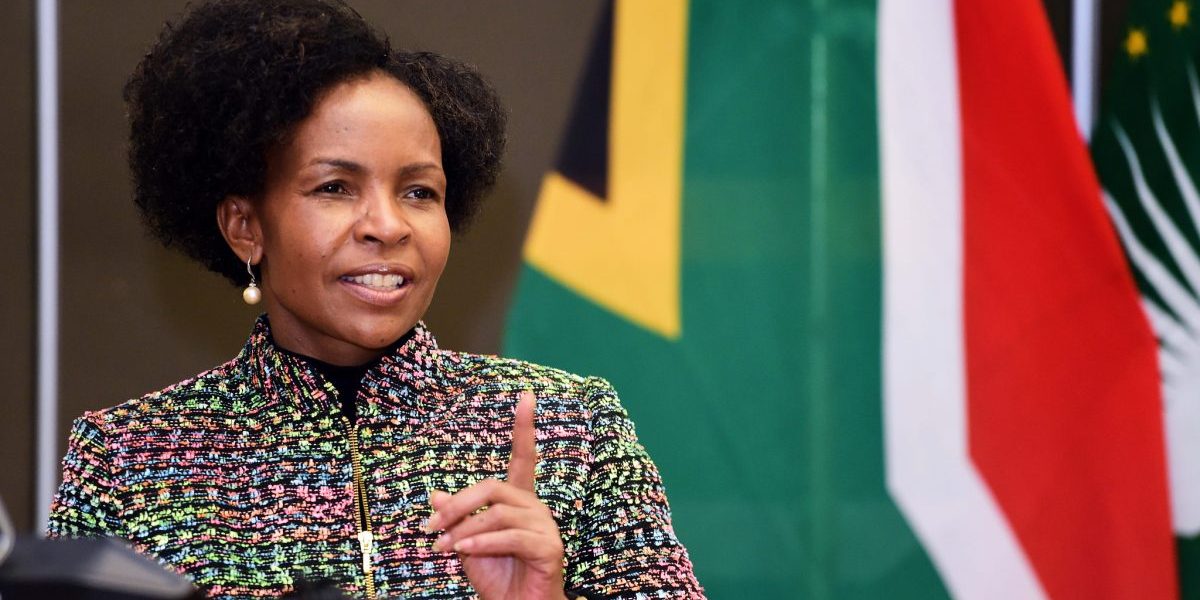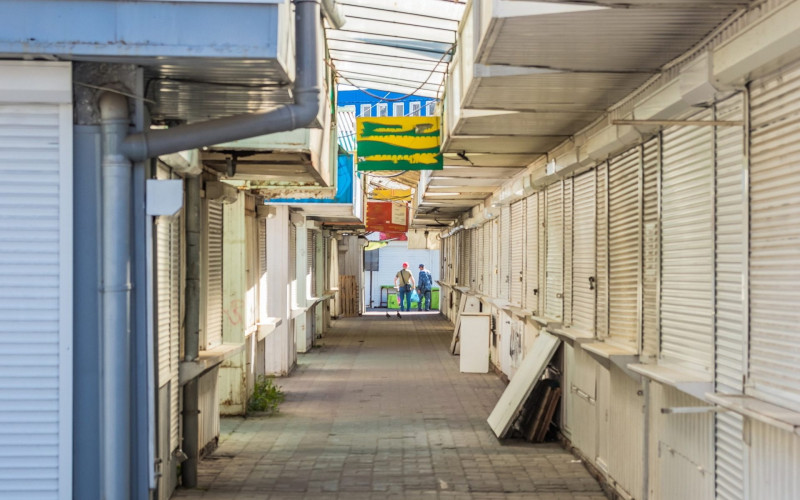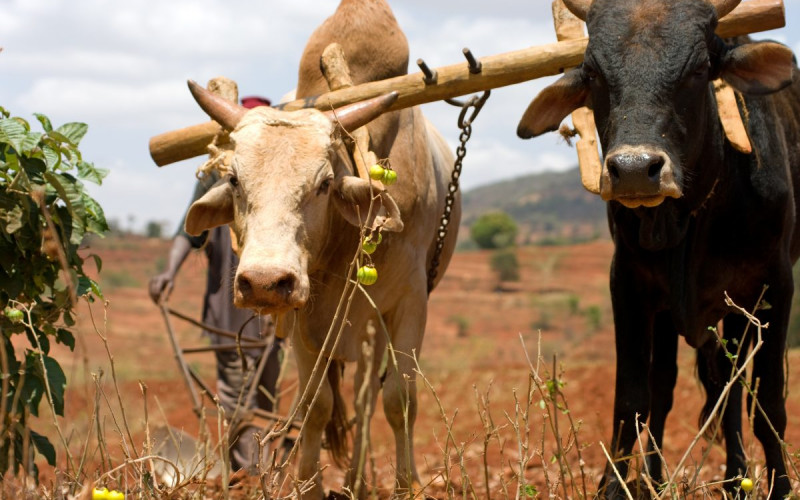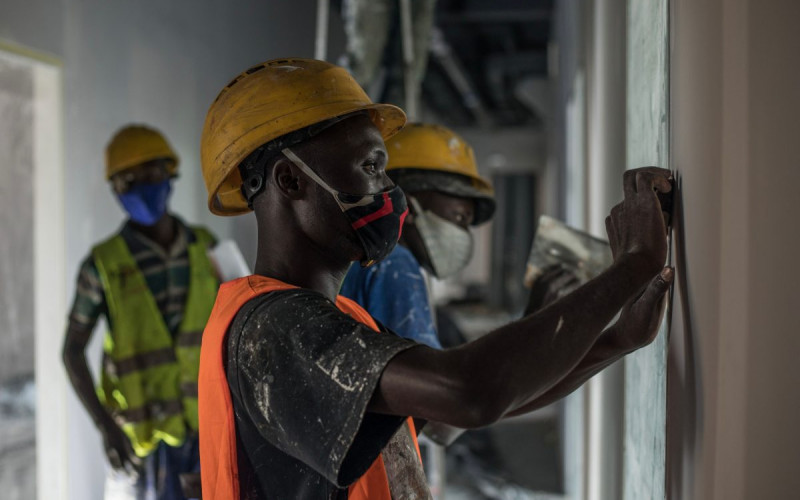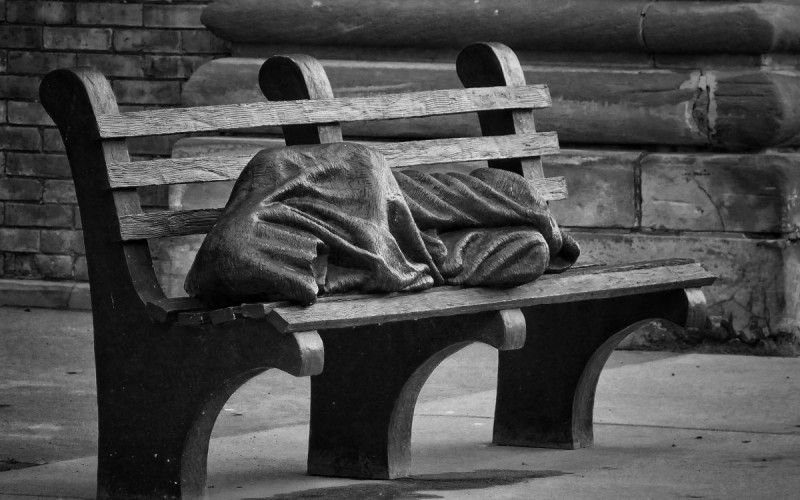SADPA will serve to deepen South Africa’s foreign policy impact and influence through coordinated development initiatives on the African continent. DIRCO also argued that SADPA will enable South Africa to introduce innovative new approaches to development co-operation in Africa. Since the end of apartheid, South Africa has not only redefined its foreign policy, but has also provided emergency aid, training and technical assistance to a number of African countries. DIRCO envisions that SADPA will in future be the leading government agency responsible for channelling aid, assistance, and support to fellow African states. This should enable South Africa to become a more active and effective participant in regional development initiatives in support of regional integration.
When SADPA is launched it will replace the African Renaissance Fund (ARF), one of the vehicles used by government to channel aid and assistance to the region. For example, in 2006, ARF provided R278 million to support presidential elections in the Democratic Republic of Congo. In 2009/2010, R4 million was allocated to fund South Africa’s participation in the AU observer mission in Sudan during the 2010 elections and R24 million to fund 20 Cuban doctors in a 3-year project that offers medical services to the government of Sierra Leone. It furthermore released R300 million to support economic recovery in Zimbabwe (although the effectiveness of these funds in the current political stalemate remains questionable).
The agency will be located in the Ministry of International Relations and Cooperation. SADPA is to be staffed by diplomats, development and technical experts in areas of monitoring and evaluation, project management and international relations. It will be tasked with the coordination of South Africa’s external international development co-operation and development assistance projects. This will not be an easy task, as government departments have been running projects with partners in Africa independently of DIRCO for many years. It will also play a coordinating role when SA engages in bilateral, trilateral and multilateral partnerships with other countries and development institutions.
Given this rather ambitious brief, SADPA will have to be an efficient and flexible institution. Otherwise it may run the risk of becoming an administrative hurdle put in the way of South African initiatives on the continent. A challenge DIRCO faces in the process of establishing SADPA is to develop a clear definition of its role and functions. SADPA should neither bureaucratise, nor duplicate functions already performed by DIRCO or other government departments. Its effectiveness will depend on clarity of purpose, strategic vision and talented staff. If SADPA is to replace the ARF, then one should ask how it will differ in substance – and not just in name – from the ARF, that was created by former president Thabo Mbeki to support the realisation of the African renaissance vision. One distinct difference between the ARF and SADPA is that the latter will have its own staff (projected to be 28 at the outset). SADPA will therefore have its own internal capacity to identify and implement projects in African countries.
In terms of resources, DIRCO indicates that the ARF currently has R600-R800 million available, and that some of SA’s development partners have promised to match South African funding on a rand for rand basis once SADPA is up and running. This may mean that SADPA could have access to a fund of R3 billion at the outset (if promises of matching funding is honoured). Transparent and accountable management of this money will be crucial for the political survival of this new institution. It will also be vital to reassure the public that the bulk of these funds are raised from sources other than their hard-earned taxes. The notion that South Africa should become a ‘donor country’, when we have such serious poverty and weak social services of our own to address, will not be easy to sell.
Efficiency will help to win support for the new agency. In this regard, DIRCO and SADPA will have to indicate whether all external assistance and developmental support projects implemented by departments such as Education and Agriculture, or training and institutional capacity building projects such as the training of civil servants from Southern Sudan will be coordinated by SADPA. One advantage of a single development agency will be that it will enable DIRCO to better monitor and track the impact of SA development assistance projects on the continent. DIRCO will need to implement proper monitoring and evaluation systems to track projects, assess results, and advise policy makers on new strategies by which SA’s diplomatic footprint and influence on the continent can be extended. Decisions regarding SADPA’s effectiveness will furthermore depend on research and thorough analysis of the results of its operations.
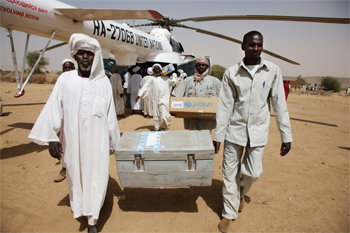
DIRCO has indicated that SADPA will not only serve altruistic purposes. It will also play a crucial role in the country’s ventures to open new opportunities for South African business. DIRCO asserts that SADPA will not only be reactive (responding when things have already occurred like the Disaster Management Initiatives), but proactive. For example, DIRCO foresees that there may be instances where the agency will engage other countries to ensure an environment conducive for South African companies to invest and do business.
DIRCO will have to ensure that SADPA deepens not only our foreign policy impact, but also opens economic opportunities for all South Africans in African economies. In the current global economic climate, development agencies everywhere have to justify themselves on the basis of national interests, rather than purely humanitarian agendas. SADPA will be no exception and will have to put forward a strong case for South Africans to engage in the numerous worthy causes in our neighbourhood.

